Wines with Soul: The Future of Baja Wines
The first wine grape growing region in the America’s was Mexico. The first vines planted were in the Parras Valley around the 1500’s for brandy production. Grapes arrived in Baja California sometime in the 1600’s. They made their eventual move into Alta California in 1769 by way of the missionaries. This means that Mexico has had a long history of making wine. Then why is it that their wines are not well-known? Why do we not see them in our restaurants and bottle shops? Could it be that they are on Mexican time?
In the 1980’s Chilean wines made a big hit in the USA. In the late 90’s Argentinian wines started to make their way to the US and today are on every wine list. Uruguay is barely entering the market, but so far has made more head way than Mexico. Brazil? Well, not yet. About 4-5 years ago, there was a company called Baja Wines which started to bring Baja wines into the US. They had a very strange business model. Instead of importing wines and setting up a partnership with a distributor, they decided to go direct to consumer through internet sales. If one was selling knitted sweaters or other crafts that might be the way to go. However, it does not work like this in the wine business.
Wine needs to be sampled, tasted and shared with the buyer. The buyer sets the price for wine. They will not buy wines that do not fit within the price of their quality. When Baja Wines came into the market they had everything priced at retail prices starting at over $25 a bottle. Many wines were in the $50 range. I don’t know about you, but I won’t pay $50 for a bottle of wine if I am not familiar, never tasted or never heard of it. Obviously, putting photos on a website and charging $50 a bottle was not a viable business plan.
Since then Baja Wines has gone out of business, but there have been other companies importing Baja wines into the US. I have tasted the wines from four different distribution companies. Before I start to give you my opinion, I want to give you a quick look at what is happening there.
The wine regions of Ensenada are divided into different valleys such as Ojos Negros, San Vicente, Santo Tomas, San Antonio de las Minas and the Guadalupe Valley. Artisan wineries, creameries, farms and restaurants line the valley. It is a true farm to table region where some restaurants have their own garden and livestock. The valley has seen some dramatic growth in the last several years.
The person most responsible for this incredible growth is enologist, Hugo D’Acosta winemaker for Casa Piedras. Hugo studied winemaking in Montpellier, France. He worked his first vintage in 1982 in St. Emillon. He returned to Mexico with his eyes on Baja California. There he was inspired by the wines of Monte Xanic. He worked with Santo Tomas and eventually started his own project, Casa Piedras. But what makes Hugo the Robert Mondavi of Baja was his school. He started “la Escuelita” a winemaking school where he passes his knowledge onto other winemakers in the region. In recent years, we have seen much more influence from outside winemakers. This influence will eventually lead to rising the quality of wines in this prosperous region.
My Two Sense
I believe that Baja Wines will eventually make a huge presence in the US wine market. The big obstacle is figuring out a competitive price for the wines. Many winemakers are selling their wines at retail to the distributor and wholesale markets. Since their production is small, it is difficult to come up with competitive prices that rival the wines of other regions of the same or better quality. They need to put the money into marketing, which eventually will pay back later. This is an investment many winemakers are not able to make. They are trying to make a living from their current production, but to enter a new market they need to make the sacrifices.
Another obstacle they face is that their terroir is so unique. Many might be wondering why that is an obstacle. Let me explain. The region is hot and sandy. Many believe that this is the reason the wines tend to taste salty. Although this may attribute to the salinity, the believe is that poor winemaking and not understanding the terroir is the reason. I have spoken to winemakers and tasted wines from the region that are not salty. The salinity can be toned down through proper wine growing and winemaking techniques.
Some winemakers are also hell-bent on producing single varieties. They see the California model and want to mimic it. I have tasted 100% Chenin Blanc, Chardonnay, Cabernet Sauvignon and Nebbiolo. I believe this sort of approach is harmful to their growth. The reason being, if a consumer wants to buy Chenin Blanc, they have a history of Chenin Blancs that has typicity. Chenin Blanc usually shows flavors of honey, orange oil, wet wool with razor acidity. The Chenin Blanc from Baja is nothing like that. It might have some of those aromas but the structure is big and opulent. The wines are not bad, in fact for fat wines they are actaully pretty good, but as a Chenin Blanc, they taste nothing of the sort. It would be better if they labeled the wine “Baja Blanc” and not Chenin Blanc. This way they would not have to meet the expectations people have come to expect for Chenin Blanc. This is also true of many other single varieties in Baja.
Enough of my constructive criticism. The wines I have tasted recently have been very good. These wines have been blends. And I believe that blends are the future for Baja wines. They are creating blends that cannot be mimicked elsewhere. For example, they blend Nebbiolo, Cabernet Sauvignon, Grenache and Tempranillo. The French could not do this, they don’t produce Nebbiolo. The Italians would not attempt this because their prized king of grapes Nebbiolo would never be blended with Cab. Plus, the Nebbiolo in Baja is dark, inky, tannic and much fruitier than that of Piedmont. In the USA we might see this attempt, but our Cab tastes completely different from Baja’s. Since their wines do not meet the standard typicity, they can make ridiculous blends that are absolutely delicious. We once thought California was the wild west of wine, but Baja is the new wild frontier.
I look forward to see what new styles of wine Baja will begin to produce. Their wines taste very different from the traditional old world and different from their neighbors in California. People are always looking for something unique, and Baja has it.
If you would like to learn more about Baja wines, I will be hosting a Baja and Napa wine symposium and tasting at Sea 180 on March 14th. There will be 8 winemakers from Baja California and 12 Mexican winemakers from Napa Valley discussing the wines of the two regions. This will be the first time these winemakers meet and taste each other’s wines. I am attempting to unify Mexican winemakers from both sides of the border so that they can share their ideas which eventually will benefit us, the consumers with better wines. The wines of these winemakers have soul. They are worlds apart from the over produced homogenized wines that fill our stores and restaurants.
On Sunday March 15th, Indigo Grill will host a brunch featuring 3 winemakers from Baja and 3 winemakers form Napa. You can make reservations by calling Indigo Grill at 619-234-6802.

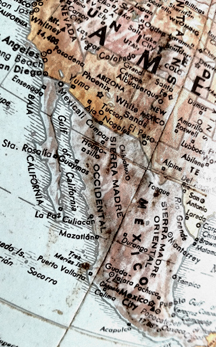
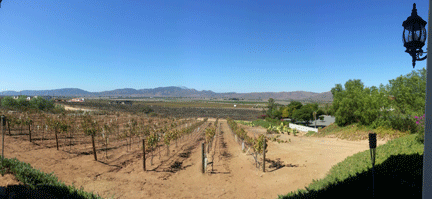
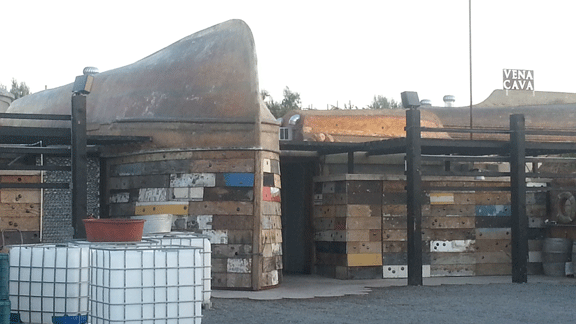

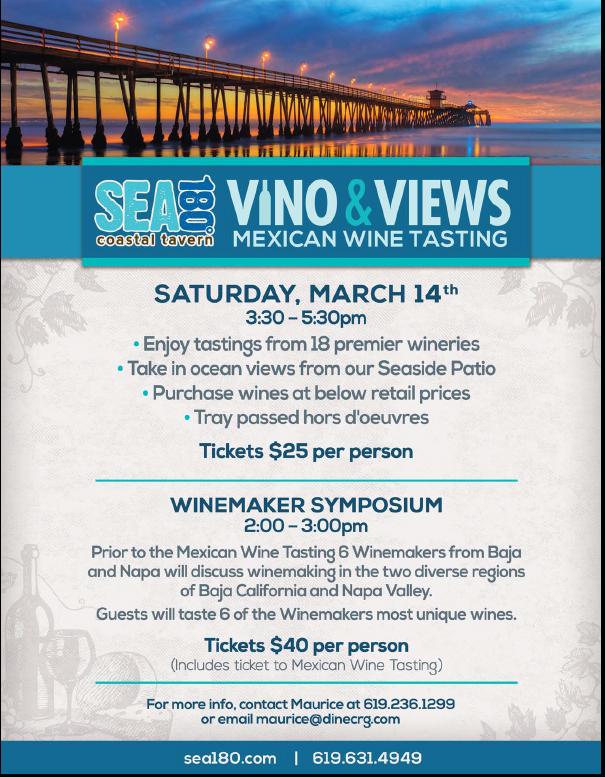
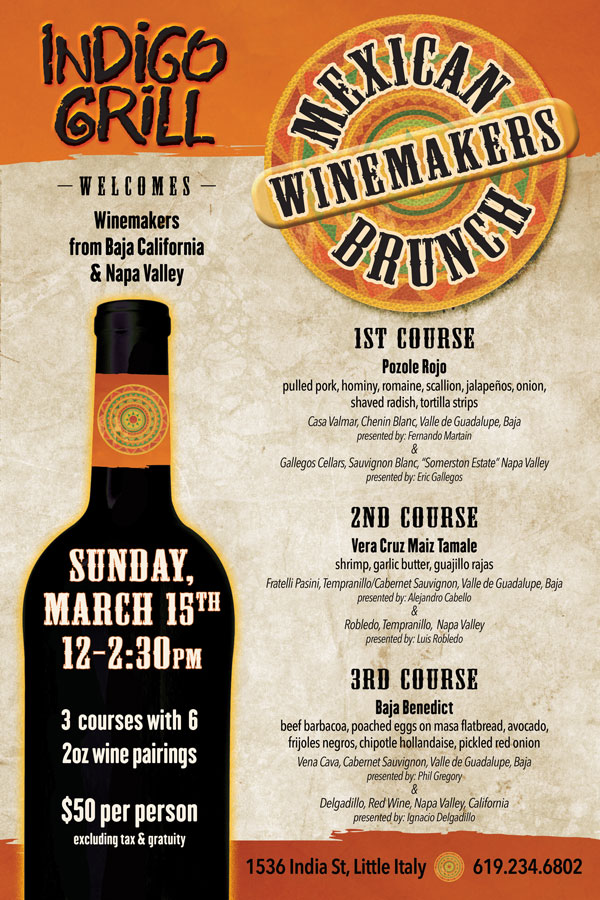








1 Comment
Cindy Bock
Looking forward to attending upcoming events!